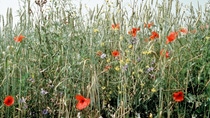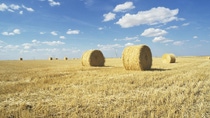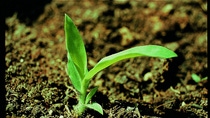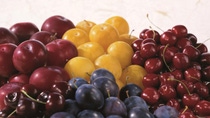Agriculture
Strawberries
Strawberries, one of the most popular berry fruits in the world, are an excellent source of vitamin C and K, and provide fiber, folic acid, manganese and potassium. The United States is the world’s largest producer of strawberries accounting for 29% of the total world’s strawberry production in 2012
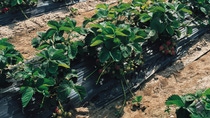
Strawberries are highly susceptible to weed competition, especially when the plants are small, and frequent watering provides ideal conditions for weed to grow. Since strawberry plants grow relatively slowly and are poor competitors, weeds quickly invade and establish within bare areas. Strawberry fields are kept in production for several years while weed populations change within the fields, from annuals in the first year to a mixture of annuals and perennials in the following years. The use of herbicides to control weeds is thus an important component of an integrated weed management program.
Glufosinate-ammonium applied between strawberry rows is effective in controlling most grass and broad-leaved weeds and enables a significant increase in yields. Its mode of action as a post-emergence non-selective herbicide that rapidly degrades in the soil allows for treatment after the strawberry plant has grown.
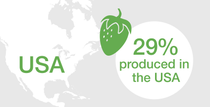
Did you know?
- The high content of phytonutrients and flavonoids in strawberries makes the fruit red. Flavonoids are also associated with reductions in cardiovascular disease risk.
- Flowering weeds are especially threatening for strawberries. They are an ideal home to the western flower thrips, a pest that can cause major crop losses.1
Please select crop from list
1UC IPM Online. University of California Agriculture & Natural Resources.

